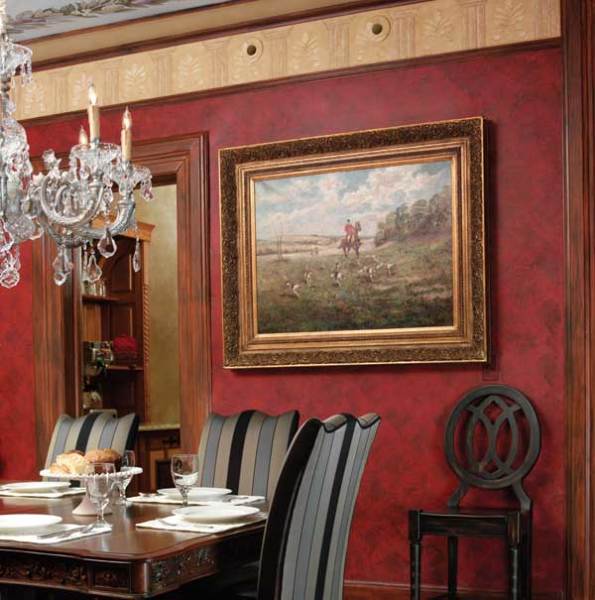
The wall-mount unit by It wasn’t until the 19th century that most Americans were able to afford the technology that permitted a heat source to be located remotely in the house, rather than in the inhabited room. The device was the coal-fired, gravity hot-air system, which directed heated air upward through a series of ducts into living spaces. Around the turn of the 20th century, steam heat replaced those systems. While steam systems were superior from a technological point of view (until the emergence of forced hot air), people now had to deal with a hulking iron mass in each room (the radiator), which was typically placed where it would have been nice to put the credenza. Things remained unchanged for the better part of a century. Today, those of us retrofitting an old house with a contemporary heating system have options that dramatically reduce the system’s visual and functional impact on rooms—and they are highly energy efficient, besides. At the same time, of course, air conditioning is no longer viewed as a luxury in much of the country, so integrated HVAC (heating, ventilation, air-conditioning) systems are on their way to becoming the norm. [caption]Today’s smaller systems, like Rinnai’s tankless water heater, take up much less room than their predecessors.
Until recently, the challenge in conveying climate-controlled air throughout a building was the size of the metal ductwork, typically an invasive 31⁄4″ x 10″. Ducts were placed in stud cavities and between floor joists. Modern systems offer round ducts that are merely 2″ to 21⁄2 ” in diameter. These can be snaked through more constricted areas, similar to the way plumbing and electrical lines are fed. The wholesale demolition of old plaster is history.
An additional benefit to these newer systems is the size of the openings, or registers, in the room. They are small, flanged disks available in wood species that match flooring, or they may be painted to coordinate with wall and ceiling treatments. Of course, the outlet can always be fitted with a vintage-style ornamental register.
Regarding the “business end” of HVAC systems, gone, too, are the huge, multi-armed, asbestos-shrouded “octopus” furnaces that loomed in the basement. High-efficiency furnaces exhaust through a plastic pipe let through the foundation wall, eliminating the need for brick chimneys. (A preservation-minded aside: What will happen when we no longer need the chimneys, but are faced with the expense of preserving or rebuilding a crumbling ornamental one that’s part of the history and style of the house? Many will be disassembled and roofed over.) The new furnaces are much smaller.

For cases where central air is hard to install—as when an old house has steam or hot-water heat and no ductwork—new A/C units provide an alternative to the unwieldy window appliance. (Not only do these look horrible from the street, but they also block some light, and they usually need to be removed and re-installed seasonally.) Several manufactures offer wall units that allow you to select which rooms are to be air conditioned, avoiding central A/C. The devices are visible, yes, but in their size and efficiency—and because they don’t block windows—they are certainly an improvement.
Location, Location, Location
New technology allows you to place HVAC registers almost anywhere, a good thing for retrofitting in an old house. If you are in the midst of renovation, it’s still important to think ahead before you situate ducts, registers, etc. What are the eventual locations of breakfronts and bookcases, sofas and other large furnishings? For walls and ceilings, keep symmetry in mind: How will the outputs or registers look once they are incorporated into a wallpaper frieze?
For old-house-friendly HVAC resources, see the Products & Services Directory.







